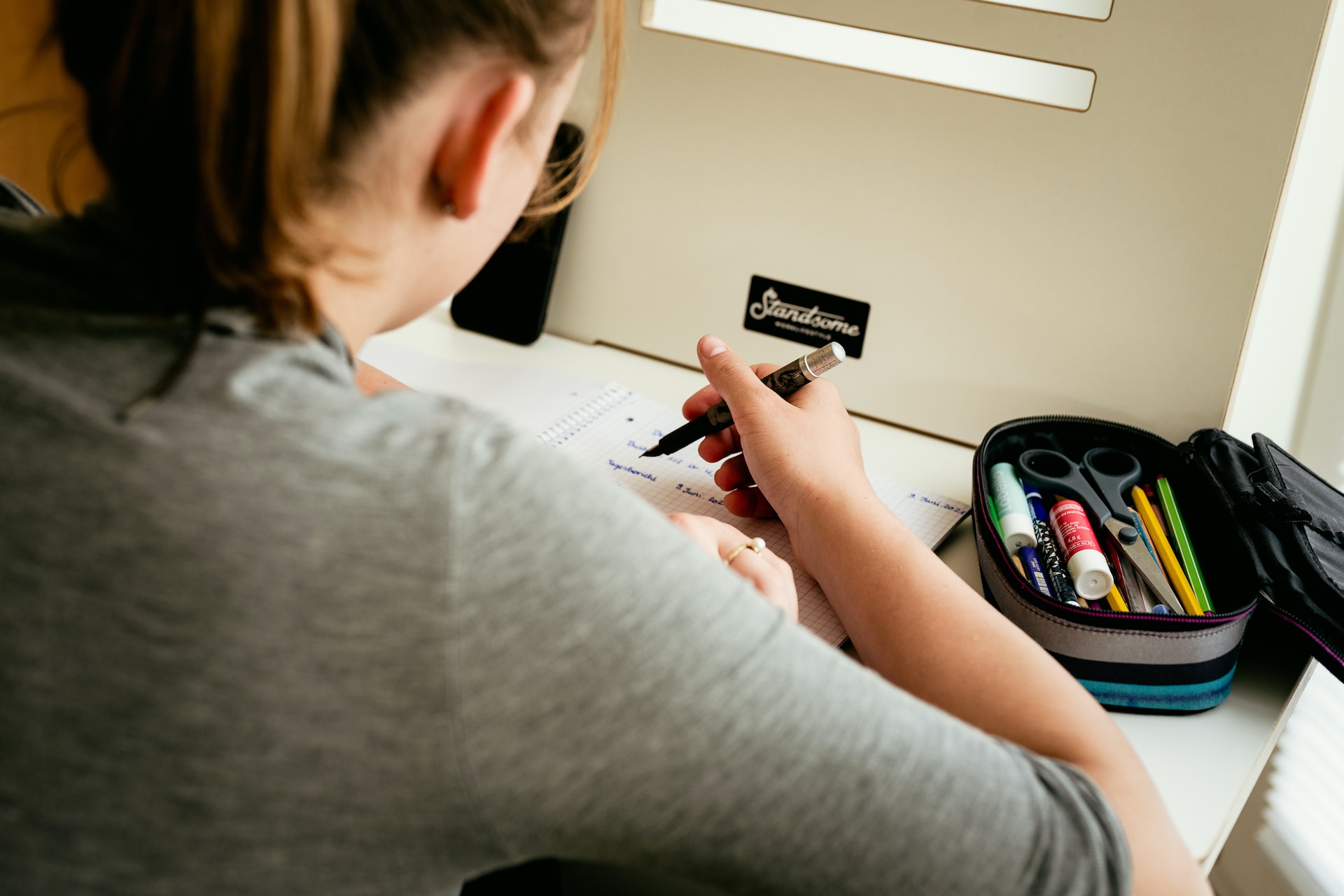Description
HIST405N-60991: United States History
Course Introduction
Why study United States history? The Bradley Commission suggested that “the perspectives and modes of thoughtful judgment derived from the study of history are many, and they ought to be its principle aim” (National Council for History Education, 2016, Section: History’s Habits of the Mind). The Commission pointed out that the study of history can enable students to understand the complexity of historical causation, respect particularity, and avoid generalizations. The study of history also helps students appreciate the tentative nature of judgments about the past and avoid the temptation to oversimplify the lessons of history.
In the coming weeks, we will explore the events and individuals that shaped the history of the United States. We will first discuss the Colonial Period and the forces that led to the American Revolution. We will then move on to the period of American history that stretches from the end of the Revolution to the American Civil War. The Antebellum Era, as it was called, was a time of great optimism. Much like today, reformers and visionaries rallied for improvements in the political, economic, and social structures to improve the quality of life and demanded civil rights for all walks of life. These radical viewpoints would soon lead to the American Civil War as the nation grew increasingly divided over the dynamics of civil rights. The American Civil War would set the United States on the path of modernization with a focus on industrialization and immigration that then revolutionized American economic and social structures. By the end of the nineteenth century, the United States had expanded and grown into a global world leader through the Spanish American War and World War I by enhancing its foreign policy. These forces would culminate with U.S. entry into World War II as the country became a super power by 1945. This course concludes with an analysis of postwar America, from the Cold War (1947-1991) to the events of 9/11 and modern times.
In this course, you will need to conduct research for the discussions and assignments, some of which require primary sources. In addition to the Chamberlain University Library, the following sites are good places to research areas of interest and to locate primary sources for those areas (enter title in Internet search bar to locate site):
- American Memory
- American Museum of Natural History
- American Museum of the Moving Image
- Art Institute of Chicago
- Digital History
- Digital Library of Appalachia
- Documenting the American South
- Exploratorium
- George Eastman House
- Gilder Lehrman Institute
- Henry Ford Museum
- History Matters
- Illinois State Museum
- Internet Public Library
- King Center
- Learn NC
- Library of Congress
- LOUIS- The Digital Library of Louisiana
- NASA
- National Air and Space Museum
- National Archives
- National Digital Science Library
- National Gallery of Art Classroom
- National Museum of the American Indian
- National Park Service
- NC Echo
- Newseum
- North Carolina Historic Sites
- North Carolina History Project
- Our Documents
- Smithsonian Education
- Teaching with Historic Places
- University of Washington Digital Collection
Research Note
Within the historical field and when researching historical events, historians rely on artifacts, primary sources, and secondary sources that are centuries old to build a historical argument and add new findings. Historians also work closely with anthropologists and archaeologists to better understand the historical context of a historical event. Likewise, it is proper for you to use primary and secondary sources that are dated older than 5 years for the purpose of researching historical events in this course as well.
I look forward to getting to know all of you in our online classroom and exchanging ideas about United States History!
Reference
National Council for History Education. (2016). Bradley Commission report: NCHE’s foundational document. Retrieved from https://www.nche.net/bradleyreport



